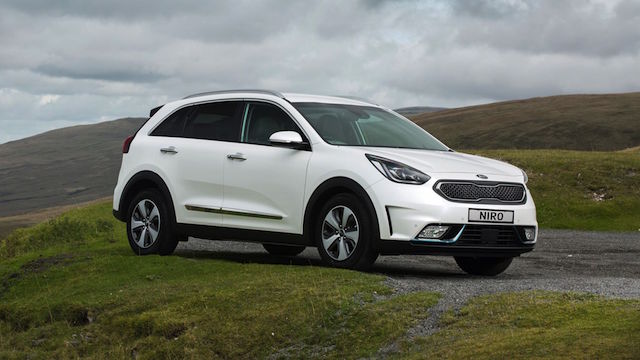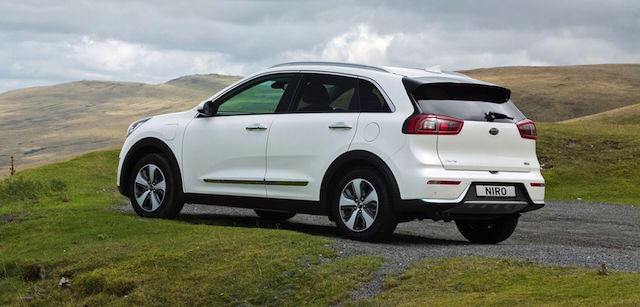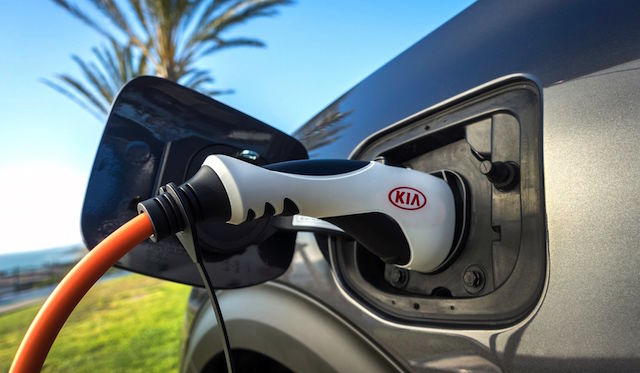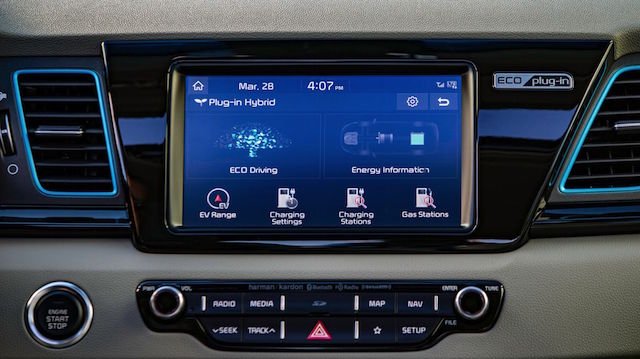
Kia Motors has got the jump in New Zealand on the likes of Volkswagen and Ford, if only because the South Korean company has already delivered what its many bigwig rivals are planning to deliver – hybrid SUVs.
Volkswagen CEO Dr. Herbert Diess admitted the other day that the German carmaker “is evolving into an SUV brand. ” Ford earlier said it would be doubling SUV production. Both companies, like many others, are building special platforms for electric cars, crossovers, and SUVs.
Mitsubishi might have been the first to offer an SUV with plug-in power in the form of its PHEV Outlander, but Kia has set a new benchmark with the arrival in New Zealand of the hybrid SUV Niro range, one of which is a plug-in hybrid electric vehicle (PHEV) with a price tag of $55,990.
It’s one of three five-seat Niro SUV models. There’s the entry-level EX Niro, a hybrid electric vehicle (HEV) offered at a special launch price of $34,990, plus on-road costs. It’s the most affordable hybrid SUV on the NZ market, says Kia.
The HEV Niro LTD ($43,990) offers more kit than the EX, things like electric lumbar support for the driver, heated front seats, leather trim. Niro LTD also gets a bundle of extra safety equipment. Both EX and LTD have claimed fuel useage of 3.8 litres/100km (75mpg).
Those prices include 3 year/ 45,000km free servicing, in addition to the standard 5 year / 100,000km vehicle warranty programme, 5 year roadside assistance and 7 year / 160,000km warranty on the high voltage drive battery.
The PHEV Niro is the hero, offering a electric-only range of 55km and town-and-around fuel useage of a claimed 1.3 litres/100km (218mpg) when both the petrol and electric motors are used in tandem.
But what’s just as important, says Kia, is that the Kia Niro has sufficient style to compete as an SUV on its own merits, without including the fuel economy and lower tailpipe emissions from its high-tech drivetrain.
“It doesn’t shout ‘hybrid’ to others on the road and that is an important selling factor to many people,” says Kia Motors NZ general manager Todd McDonald.
“It’s a mainstream, compact SUV, beautifully styled and packaged, very much part of the current trend with buyers globally. Combine the styling with the prospect of outstanding fuel consumption and very low emissions, and Niro is practically in a class of its own.”
Kia Motors NZ has spent the past 16 months laying the groundwork for Niro. “It’s probably the most thoroughly researched model we have ever introduced to New Zealand,” said McDonald. “It’s very important to our future here and we think it arrives at exactly the right time.
“There is a strong change towards vehicles that meet the lifestyle requirements of their owners and also deliver better fuel economy. With the Niro we’re demonstrating that motorists can now afford this type of vehicle, rather than a used import.”
All three models run a 1.6-litre four-cylinder direct-injection petrol engine mated to electric motors fueled by lithium-ion battery packs. The HEV pack provides 1.56kWh of energy; the PHEV pack 8.9kWh.
On its own the petrol engine delivers 77kW/147Nm, but paired with the 32kW electric motor in the HEV and 42.5kW motor in the PHEV, output increases to 104kW/265Nm to the front wheels via a six-speed double-clutch gearbox.
C02 output from the EX riding on on 16-inch alloys is 88gr/km; on the LTD’s 18-inch wheels it’s 101gr/km. The PHEV rides on 16-inch alloys and its C02 output is 29gr/km.
Niro’s exterior dimensions are smaller than those of the Kia Sportage, the SUV most favoured by private buyers in New Zealand. But Niro has a 30mm-longer wheelbase than Sportage.
NIRO – Length: 4355mm Width: 1800mm Height: 1535mm
SPORTAGE – Length: 4480mm Width: 1855mm Height: 1655mm
Niro wheelbase: 2700mm – Sportage wheelbase: 2670mm.
A first for Kia is Niro’s driver assistance system (Eco-DAS). The ‘coasting’ mode lets the driver know the best time to coast and brake, to boost fuel efficiency. ‘Predictive energy control’ works within the navigation system and anticipates topographical changes in the road ahead, allowing energy to be distributed more efficiently.
The charging unit and cable for the PHEV Niro has been developed for application in New Zealand and offers a variable charge rate via a button on the appliance:
L = 6amps
M = 8amps
H = 10amps
New Zealand three-pin plugs are rated at 10 amps. But Kia recommends setting the button for home charging at 8 amps. A full charge will take about four hours. Getting an electrician to install a direct wire feed for the fusebox at home allows fast charging in two-and-a-half hours.




